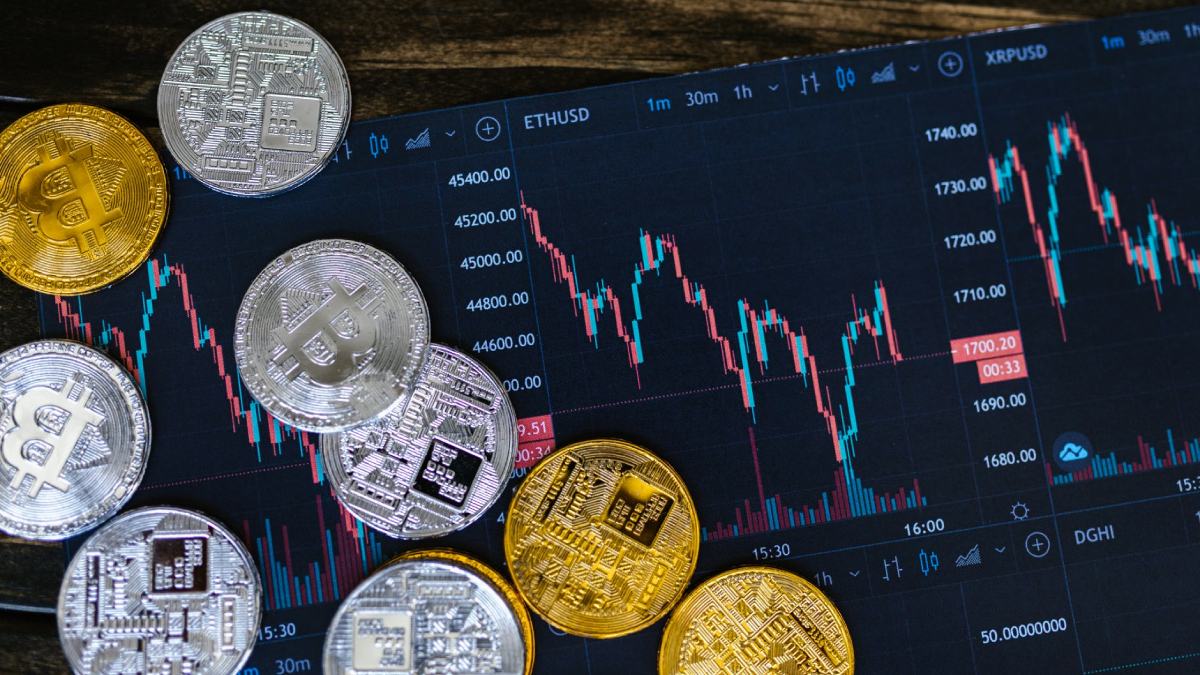
The market share of better-known crypto exchanges across the world has reached a new all-time high of 96 percent in February 2022, as per data collected by UK-based analytics company CryptoCompare. The data hints at an imminent oligopoly of exchanges dominating buying and selling volumes as their traction accelerates, leaving smaller players behind. As per data published on April 11 by CryptoCompare, the firm analysed over 150 centralised exchanges before deducing that “top-tier” crypto exchanges have managed to increase their market share to the higher 90 percent range from 89 percent in August 2021.
The report, first highlighted by Bloomberg, reveals that from a total of more than 150 exchanges that were tracked, 78 exchanges have been classified as “top tier” grade, with Coinbase, Gemini, Bitstamp, and Binance the only four to receive the highest AA grading.
Among the four exchanges, Bitstamp and Gemini each scored considerably higher than others in the “quality/diversity of assets” metric, while, Coinbase scored markedly higher than the others by way of security and regulation.
All exchanges have been ranked by eight totally different qualities, together with Know Your Buyer (KYC)/ transaction risk, quality/ diversity of assets, legal/ regulation, data provision, security, team/ exchange, negative reports, and market quality.
The report revealed that top-tier exchanges traded a total of $1.5 trillion (roughly Rs. 1,14,14,735 crore) in February 2022 compared to $62 billion (roughly Rs. 4,71,805 crore) in the “lower-tier” exchanges. This is a metric that CryptoCompare claims show “both retail and professional traders are moving to lower risk exchanges.”
Consolidation of exchanges has happened through both exchange closures — especially in China and acquisitions from other, larger exchanges. Top crypto exchanges eyeing overseas expansion sometimes acquire already licensed, smaller exchanges operating in the country of interest, as was the case with FTX’s acquisition of the Japanese Liquid Group exchange (via Bloomberg) on February 2, 2022.
On the other end of the spectrum, lower-ranked exchanges have a slew of problems to deal with, ranging from poor KYC programmes to the lack of a crypto-insurance scheme and non-disclosure of legal partners.

